Pain, circa 1900
Oil on canvas
Signed lower right; illegible date
61.5 x 50 cm
Born in 1854 in Basse-Indre in Loire-Atlantique, Julien-Auguste Hervé received his first artistic training at the National School of Arts and Crafts in Angers. He settled in Versailles in 1880 where he worked for the Compagnie des chemins de fer de l'Ouest before joining the Society of Independent Artists in 1888. Formed in 1884, this association brought together artists claiming a certain freedom and intended to present to the public works falling outside the official Salon. At the same time, Julien-Auguste Hervé, who had become a drawing teacher, tried to make a living from his art and presented paintings each year at the Salon des Indépendants.
In addition to his landscapes and other mythological and biblical scenes, it is his portraits which met with great success from the end of the 1890s. Fans discovered with curiosity his astonishing paintings which did not leave one indifferent.
The art critic Gustave Coquiot, who described Julien-Auguste Hervé as “Master of Expressionism” in 1898, praised his Dédaigneuse, Mignonette, Hargneux and Pompette based on the titles given by the artist to his figures. The artist introduces the term “expressionism” which he uses sometimes before the name (“Expressionism, Snarling”; “Expressionism (Budgetivore)”), sometimes after the name (“Samson and Delilah (expressionism)”). The use of this neologism seems to demonstrate a certain hostility towards impressionism and contemporary post-impressionism.
Julien-Auguste Hervé above all claims a certain realism with marked symbolism. The British art critic Charles Rowley used the phrase “expressionism” in 1880 to describe modern artists concerned with expressing emotions and passions. It will then be used in Germany on the occasion of the Berlin Secession exhibition of 1911 but it would be very risky to establish a link, even if it were precarious, with this avant-garde movement of the early 20th century which will retain the name.
The rare painting that we are presenting, an expression of pain, with the unusual theme of toothache, testifies to all the facetiousness that animates the artist.


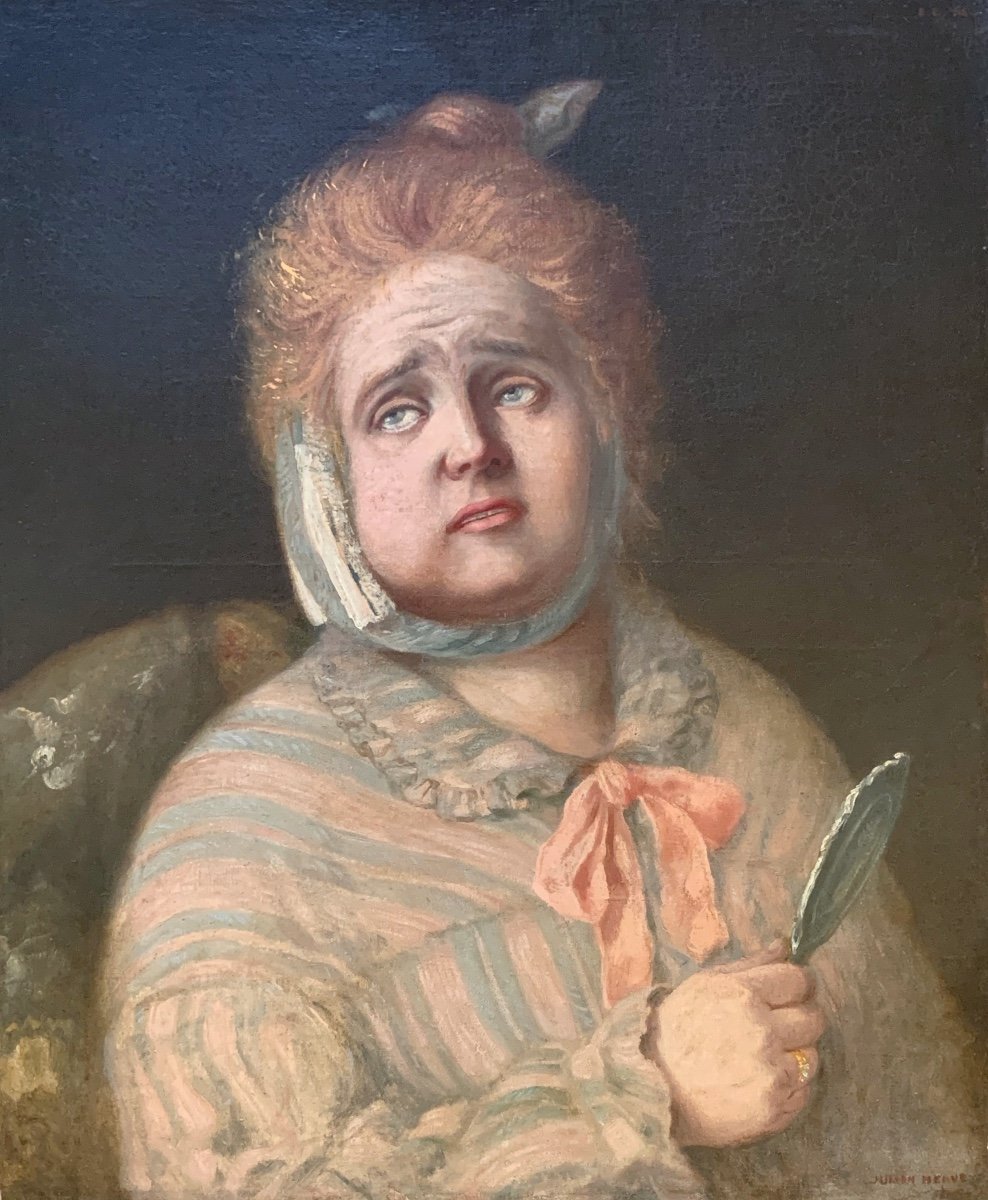
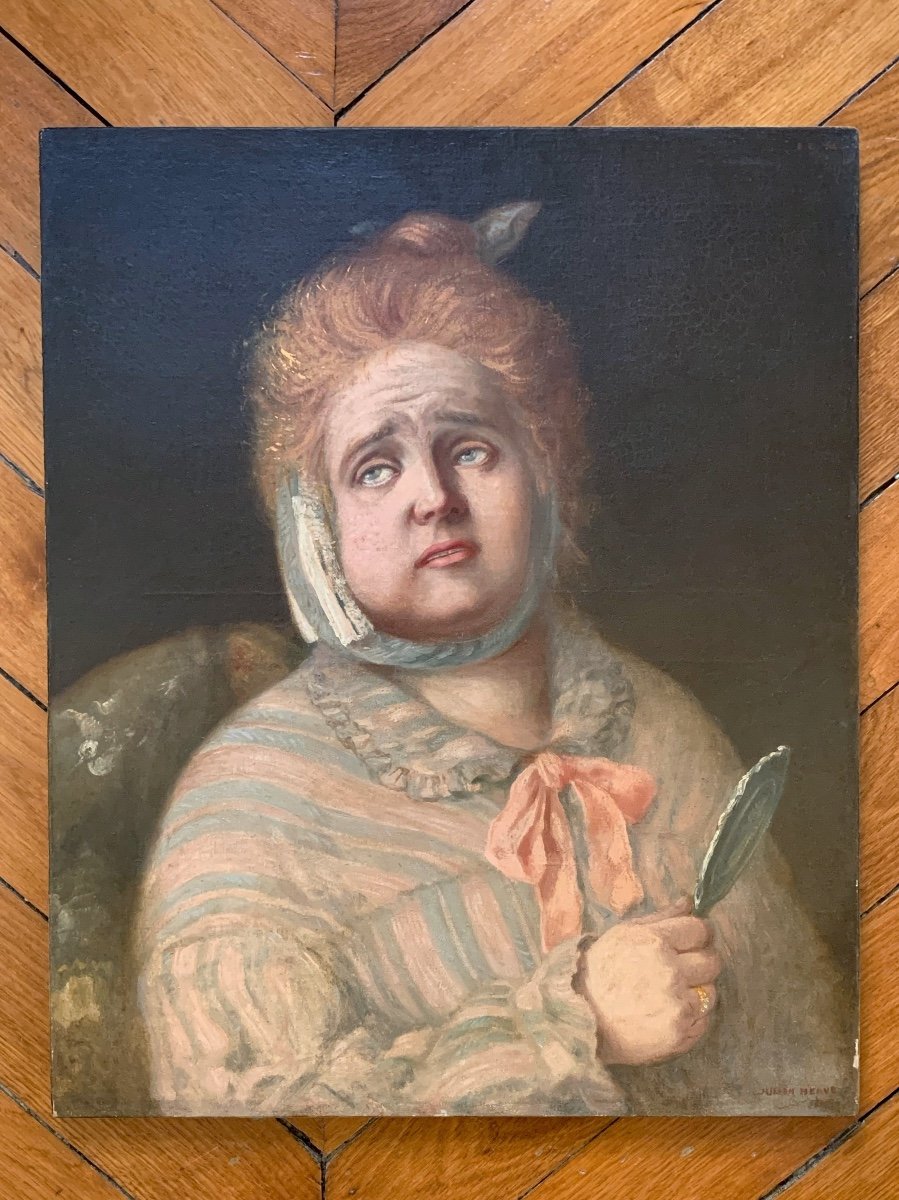
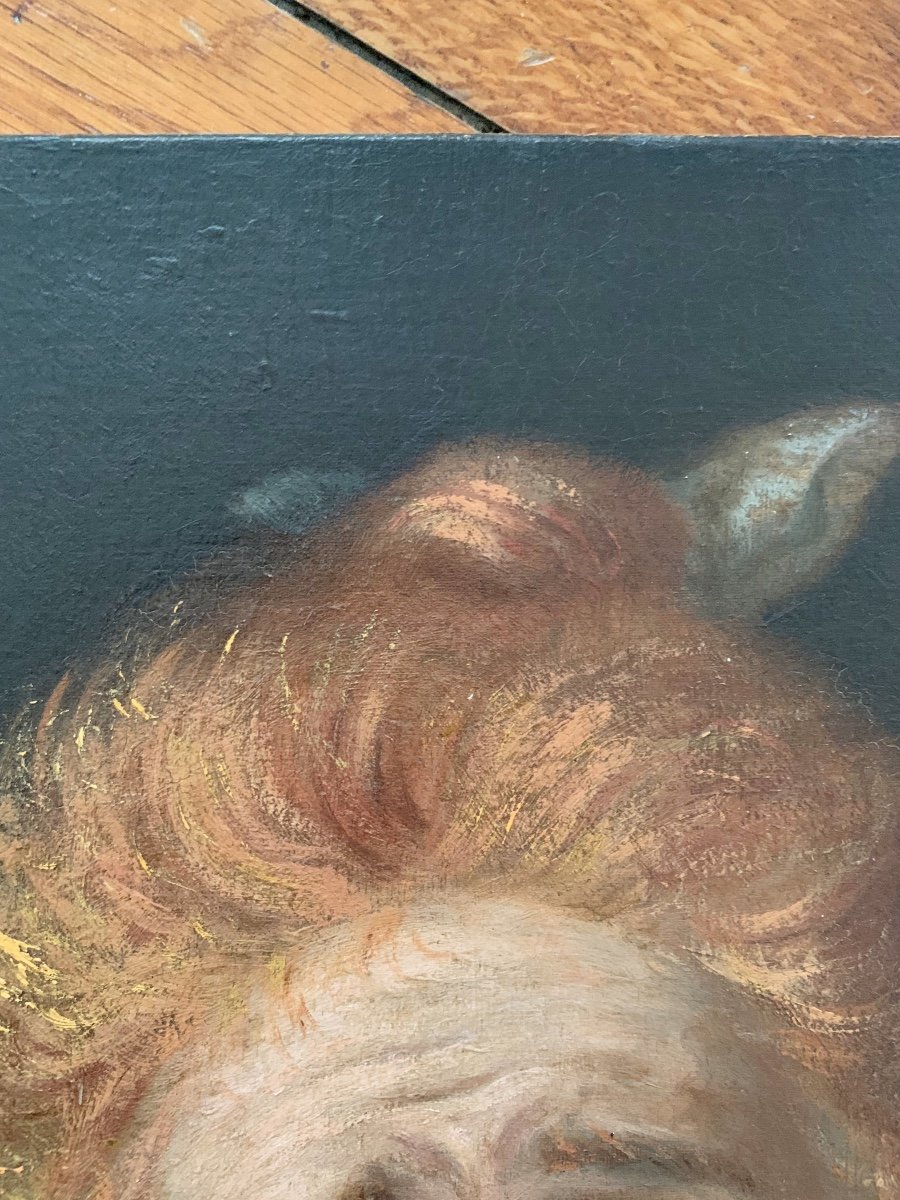
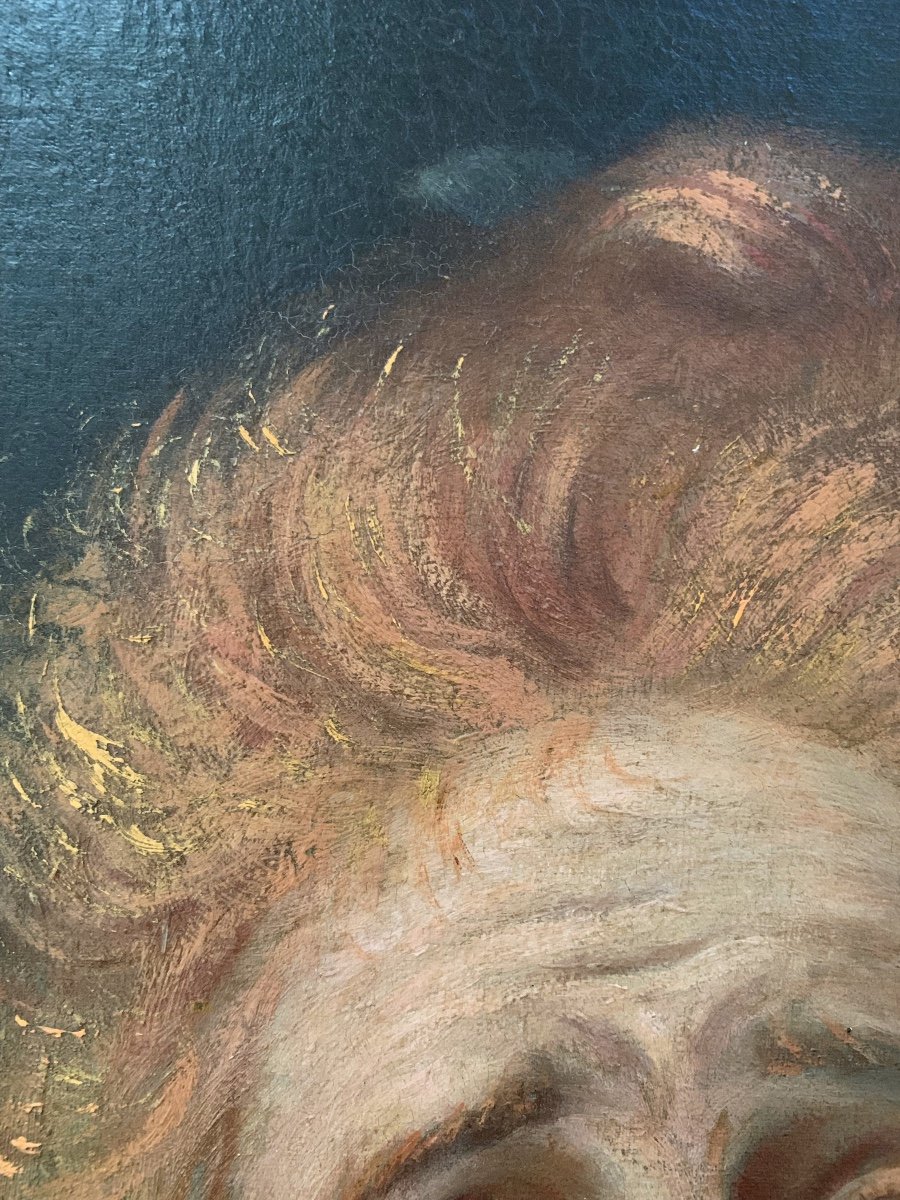
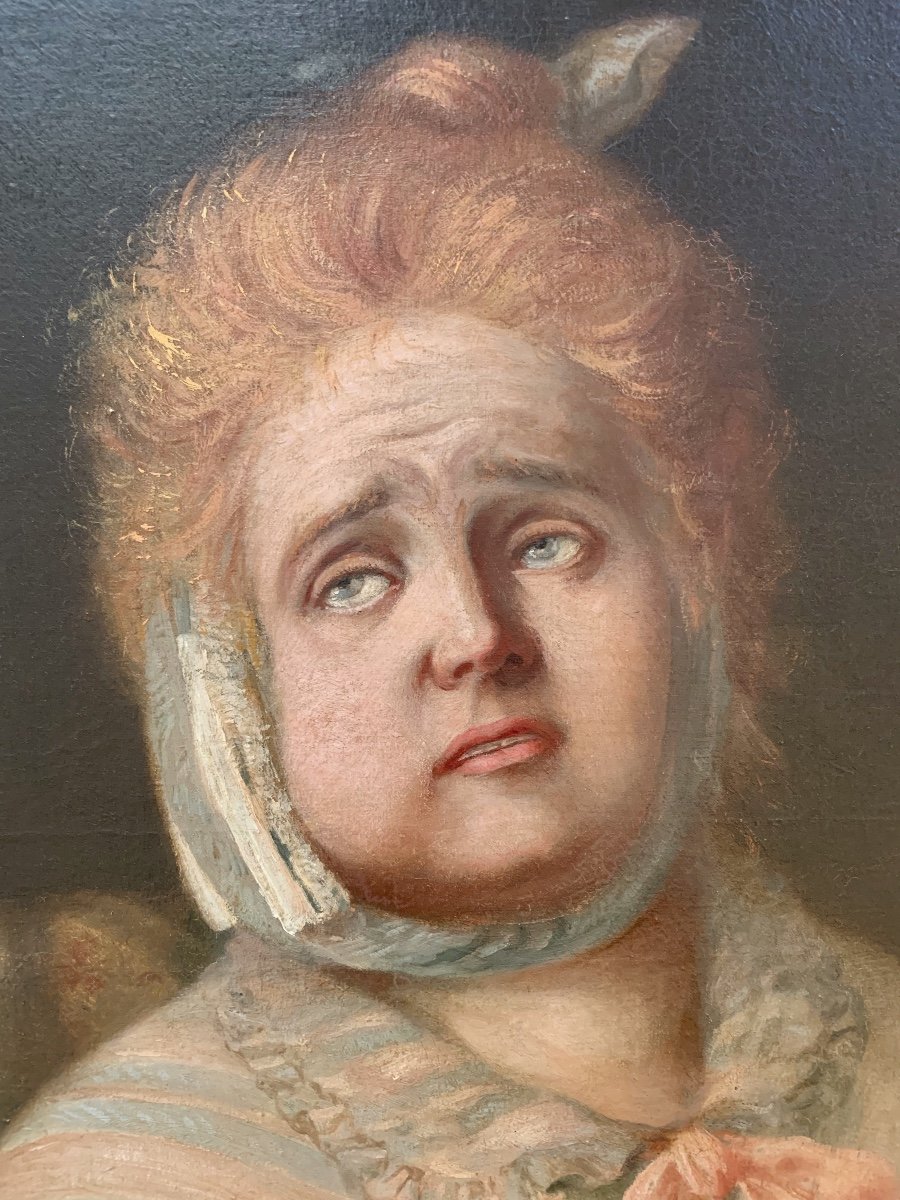
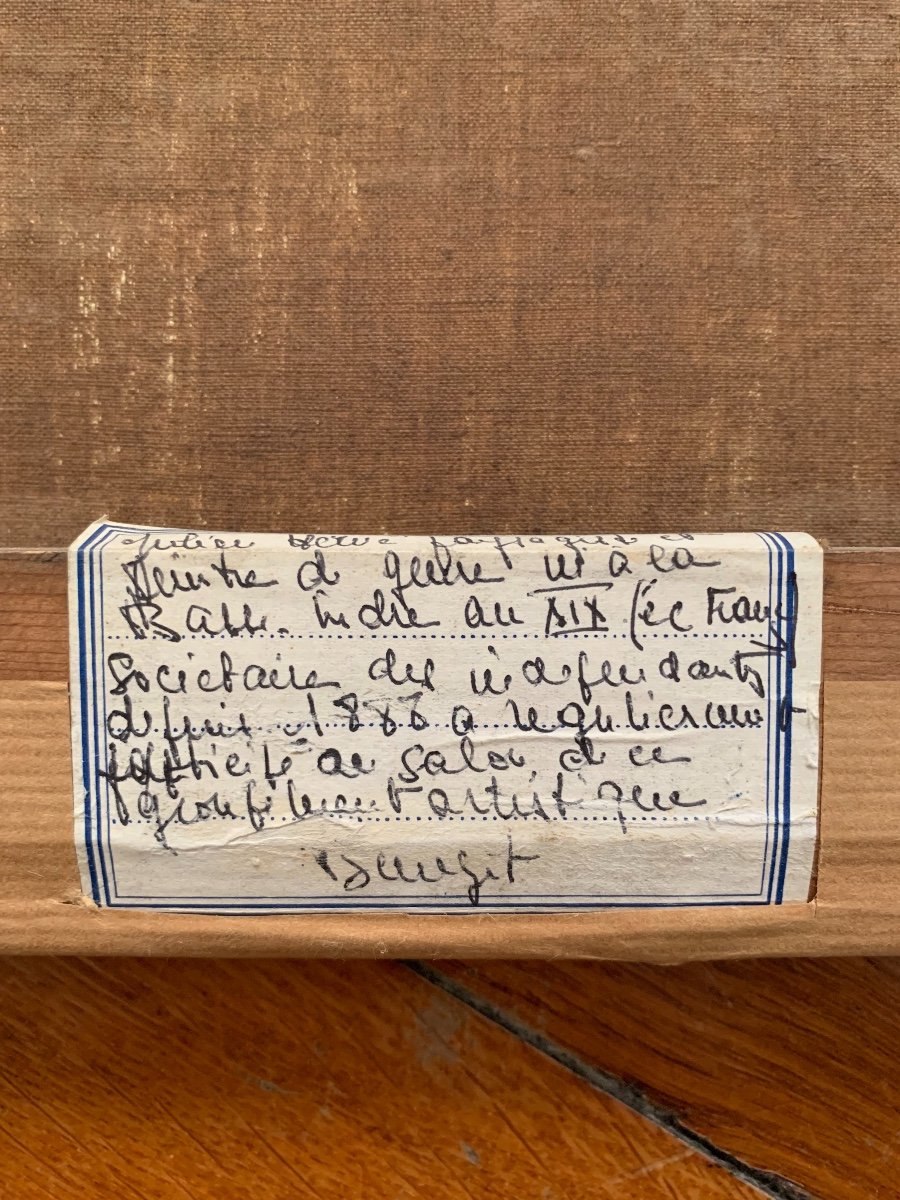
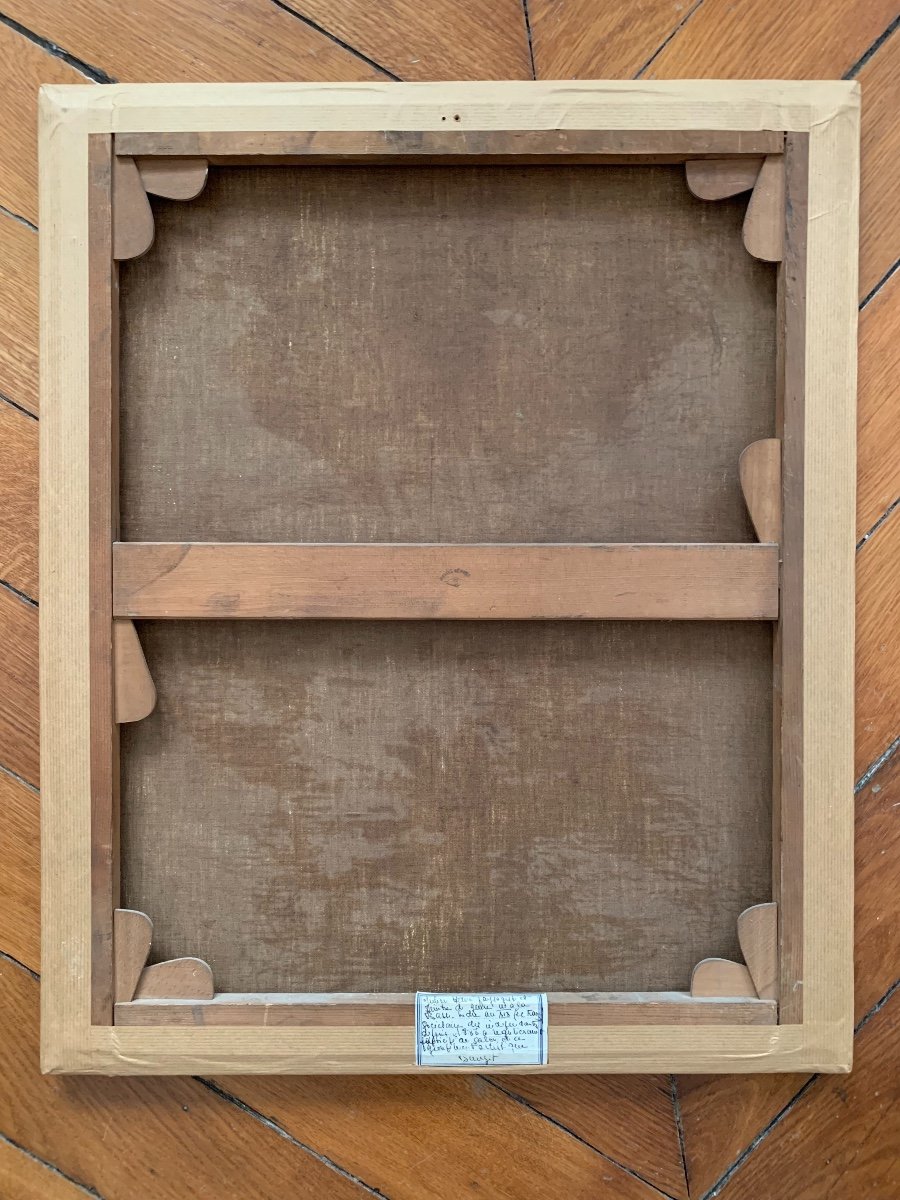
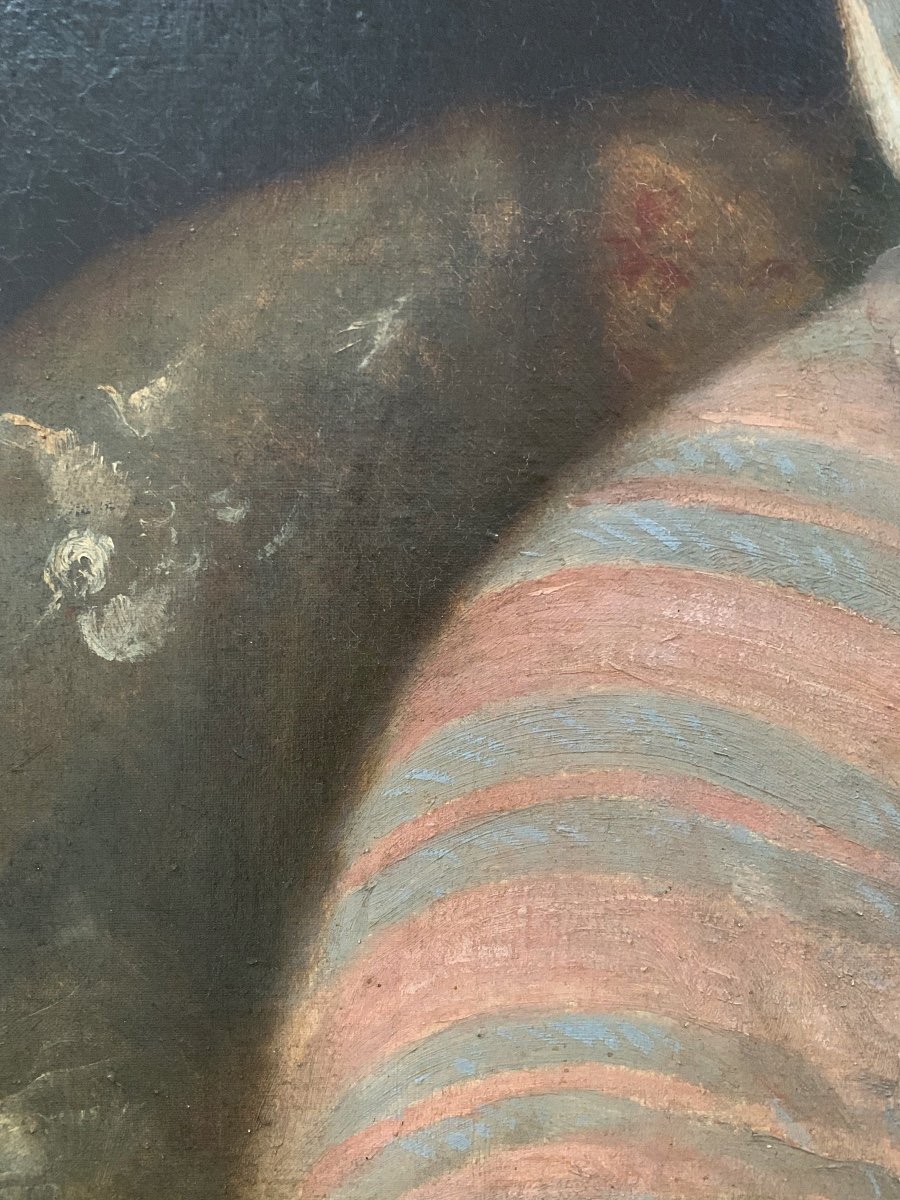
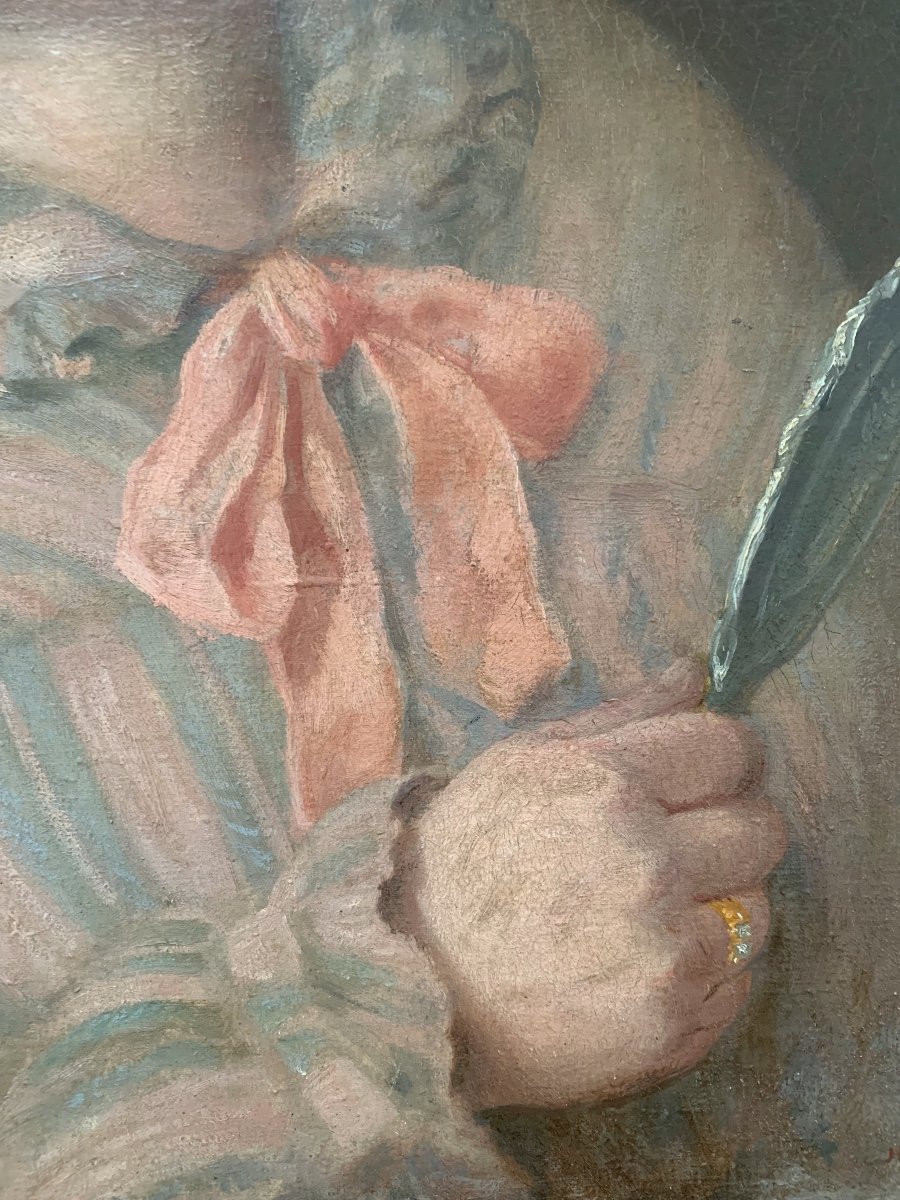
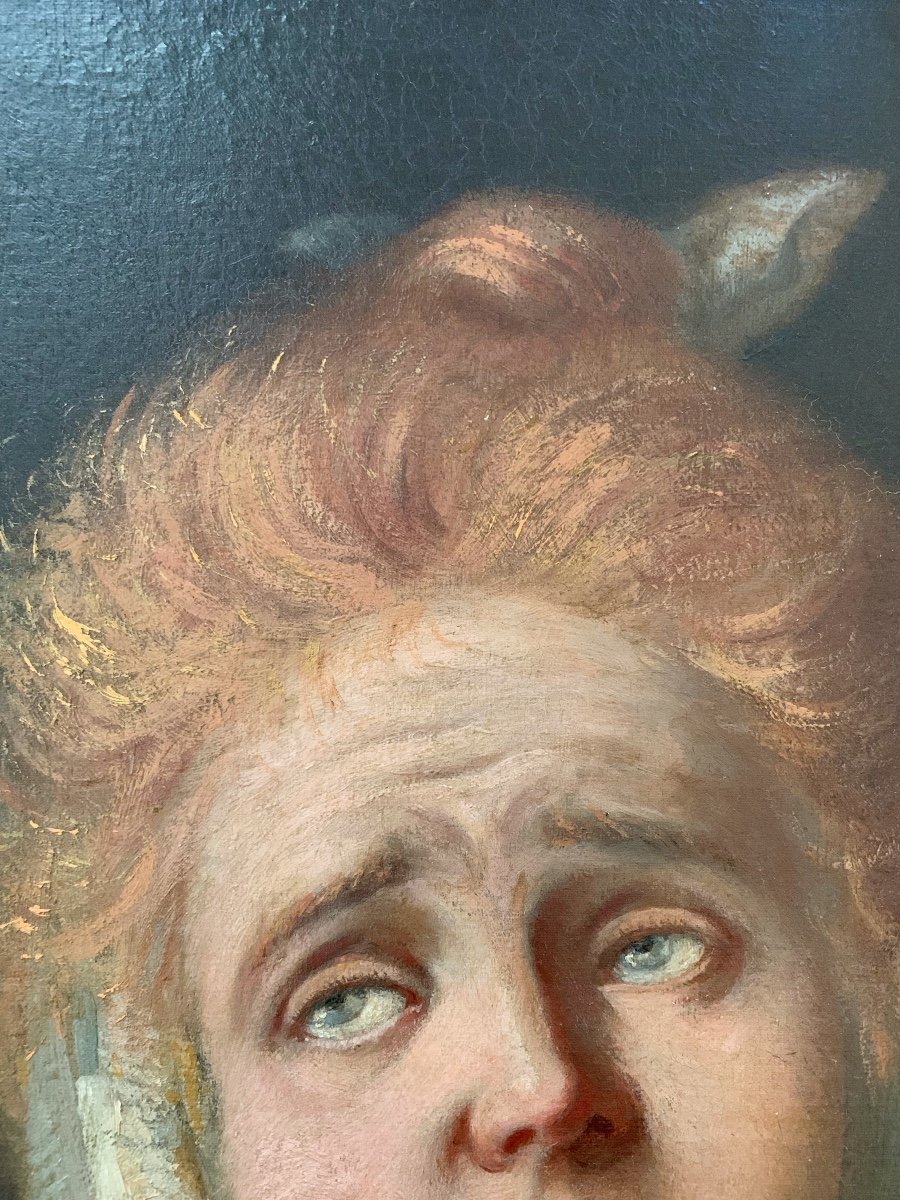












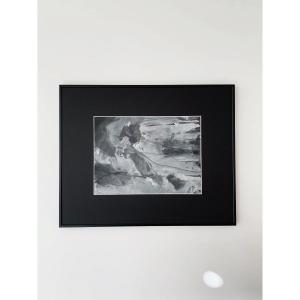

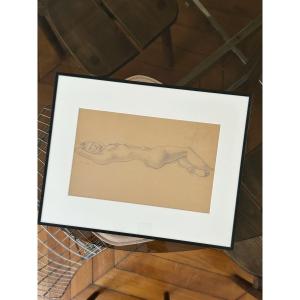
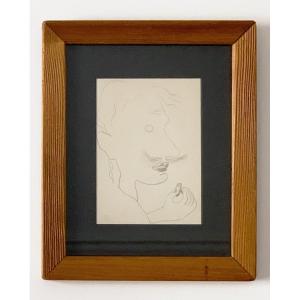






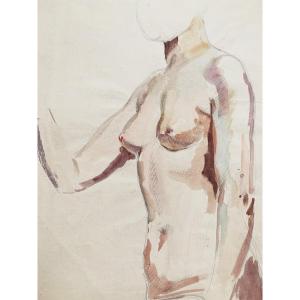
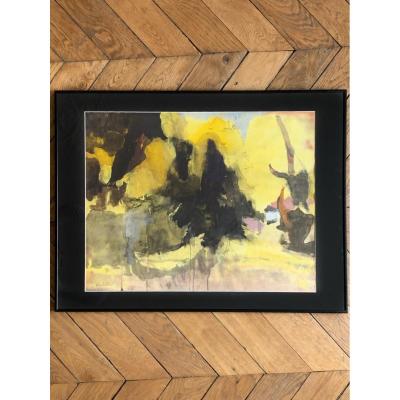



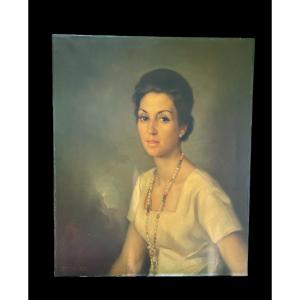






 Le Magazine de PROANTIC
Le Magazine de PROANTIC TRÉSORS Magazine
TRÉSORS Magazine Rivista Artiquariato
Rivista Artiquariato